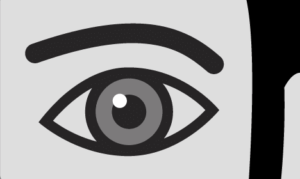 Among the tech world buzzwords that are currently being tossed around like confetti – “blockchain”, “neural network”, “the IoT” – “machine vision” is perhaps the most straightforward. It really means just that: The ability of a machine to see.
Among the tech world buzzwords that are currently being tossed around like confetti – “blockchain”, “neural network”, “the IoT” – “machine vision” is perhaps the most straightforward. It really means just that: The ability of a machine to see.
It’s a branch of artificial intelligence that has become increasingly prominent in recent months and years, especially with the rise of deep learning and, yes, neural network systems that allow algorithm software to be trained on a vast array of data. While a facial recognition system might have relied before on painstakingly crafted face biometrics models, for example, it can now essentially build itself by learning to recognize common and unique features across a large database of facial images.
And while facial recognition is indeed one of the areas where machine vision technology has really started to shine, the excitement certainly doesn’t stop there, because machine vision is starting to go beyond just assessing facial characteristics. Here’s how:
Machine vision is allowing devices to not only recognize faces, but track their gaze, see if they’re where they should be, and even compare them to works of art:
Reviewers Get a Look at the iPhone X, and Face ID Gets a Look at Them
Home Security System Can Recognize Faces, Send Mobile Alerts
Google Arts & Culture App Availability Highlights Biometric Privacy Landscape
Machine vision is also allowing devices and software to recognize not just people, but also things:
Google Web Demo Puts Machine Learning at Users’ Fingertips
Google Banks On A.I. With New Pixel 2 Smartphones
Machine Vision System Can Help Smart Cars to ‘See’ Cyclists, Pedestrians
And it looks like it’s only going to get a bigger role in smartphones and other connected devices going forward:
Samsung Teams with AI Specialist on Bixby, Wearables, IoT
Samsung Focuses on Camera with Galaxy S9
Next iOS Update Will Let You Chat Directly with Businesses, Use New Animojis to Make it Weird

Follow Us